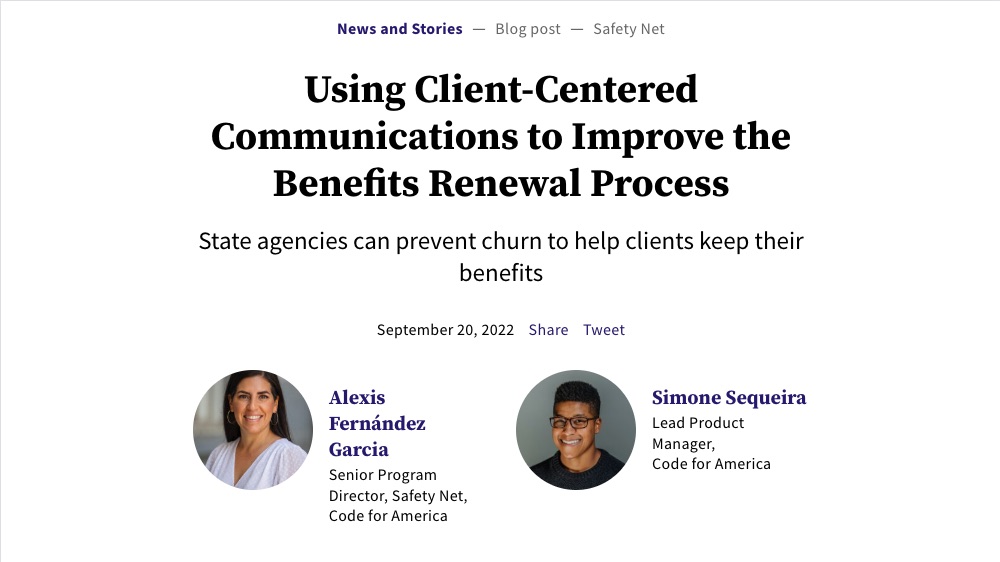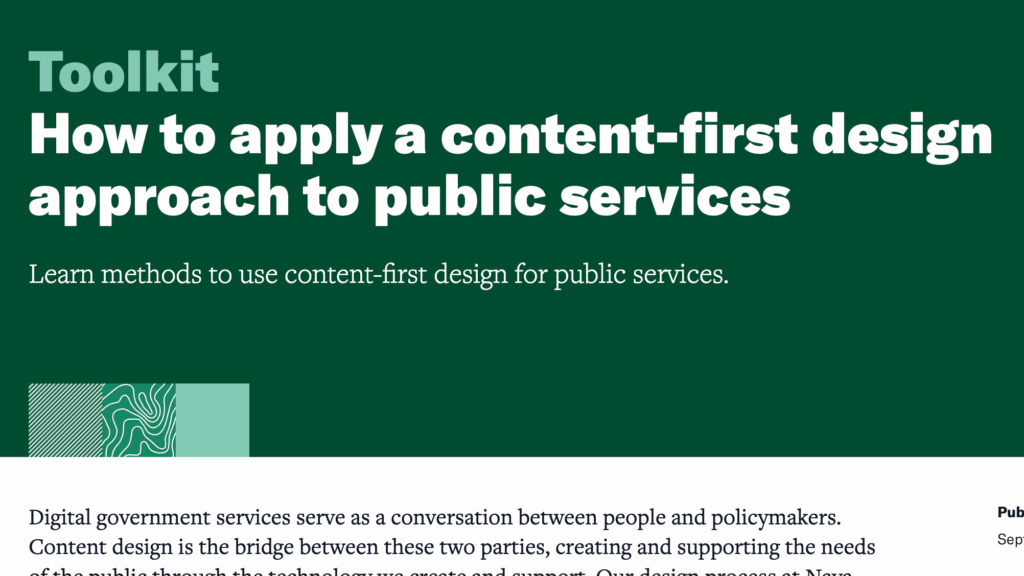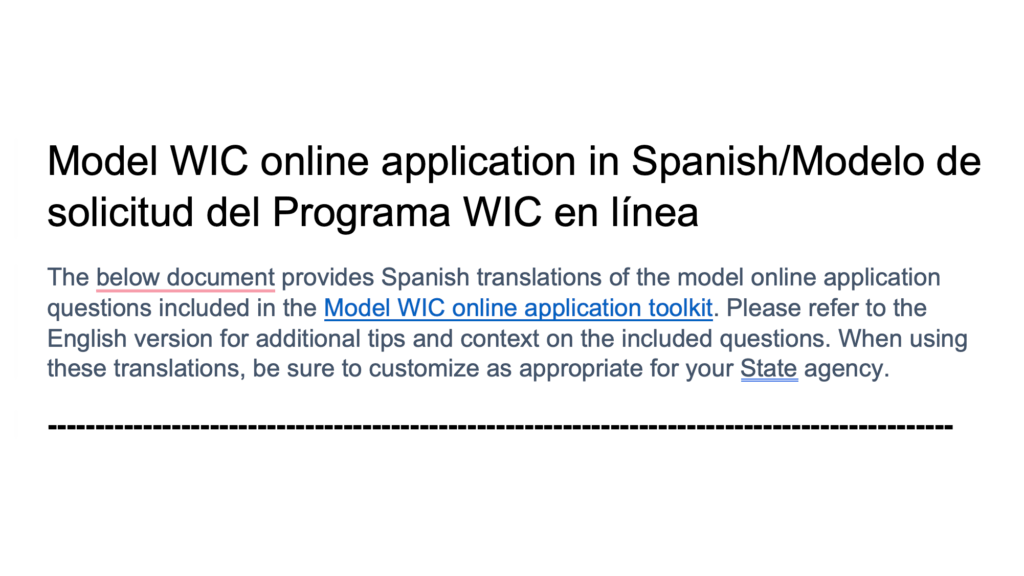Using Client-Centered Communications to Improve the Benefits Renewal Process
Implementing client-centered communication strategies, such as clear language and digital reminders, can significantly reduce churn in public benefit programs, ensuring eligible individuals maintain continuous access to essential services.

Churn occurs when eligible individuals lose access to benefits due to missed or misunderstood reporting and renewal requirements, often resulting from complex administrative processes and ineffective communication.
This not only disrupts access to critical services like food and medical care but also imposes financial and operational burdens on agencies, as processing reapplications is more resource-intensive than handling renewals. To combat churn, agencies are encouraged to adopt client-centered communication approaches, which include:
Share this Resource:


